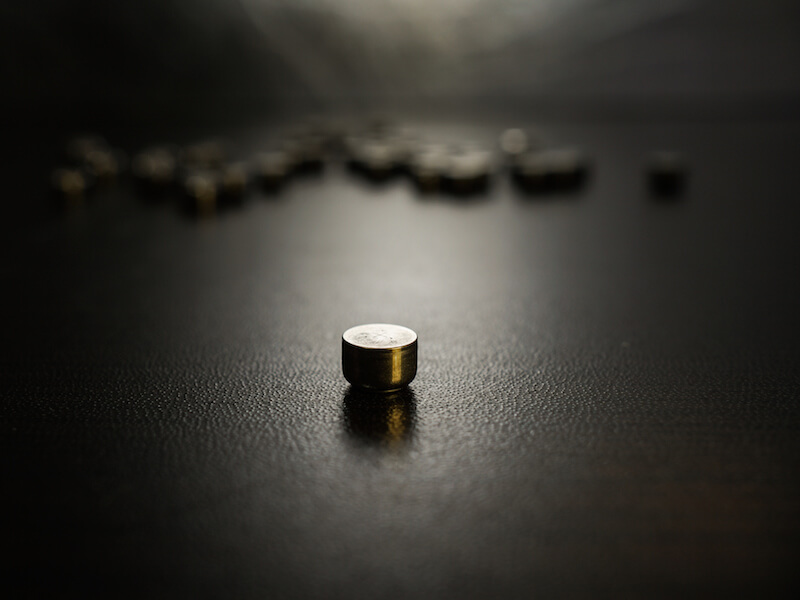
Contemporary technology has changed the way we power electronics of every type, from cameras to phones to music players. For decades, people looking to manage hearing loss have wished for a similar progression, and the industry is finally recognizing the promise of a powerful rechargeable hearing aid battery.
Size 312 batteries are the most common of the disposable batteries that have typically been used to power hearing aids. The most popular form of this battery, now, is “zinc-ion”.
The Downside to Disposable Hearing Aid Batteries
The presence of air impacts a zinc-air battery, as the name implies. The user needs to pull a small tab off the back of a 312 zinc-air battery to activate it.
The moment it is fully oxygenated, it starts to lose power. So the power is depleting even if the user isn’t actively using it.
Most users consider the duration of life to be the greatest disadvantage of disposable batteries. With 312 batteries, the user could be replacing the batteries in their hearing aids around 120 times each year because they die in 3 to 12 days according to some reports.
Because of this, besides needing to buy 120 batteries, the user will have to switch and correctly dispose of batteries at least two times a week. That’s most likely over $100 in batteries from a cost outlook alone.
Rechargeable battery Advancements
Luckily, for hearing aid wearers looking for another alternative, there have been significant developments to rechargeable hearing aids that now make them a feasible option.
Studies have demonstrated that most individuals overwhelmingly prefer to wear rechargeable hearing aids. Over the years, these models were not practical because they didn’t keep a charge long enough. However, recent innovations now enable an entire day of use per charge.
Rechargeable batteries won’t save users substantial amounts of money, but they will make quality of life better.
In addition to providing 24 hours of charge time, these new models lead to less frustration for the user, since there’s no more changing and correctly disposing of batteries. They just need to place the battery on the charger.
When a disposable battery nears the end of its life it doesn’t run your hearing aid at full power. There’s also no real way to identify how near to being inoperable the battery really is. So the batteries might die at the precise moment that a user needs them the most which could even put them in peril. A faulty battery will not only result in a safety hazard, it could cause the user to miss out on key life moments.
Hearing Aids Come in Different Types
There are distinct benefits to each of the different materials that rechargeable batteries are made of. The ability to maintain a charge for 24 hours is one reason why integrated lithium-ion batteries are one practical option that manufacturers provide. You may be surprised to know that this same kind of technology is what charges and powers your cellphone.
Silver-zinc technology is another material used for modern rechargeable hearing aids. Originally, these innovative batteries were manufactured for Nasa’s moon missions. With this technology, even your existing hearing aids can probably be upgraded to run on rechargeable power. These batteries, like lithium-ion, will also last all day before requiring a recharge.
There are also models that let you recharge the hearing aid without taking out the battery. For these, users will place the entire hearing aid on a charging station when they sleep or during another time when the device is not in use.
While all of these rechargeable strategies provides significant benefits over disposable batteries, each approach should be properly vetted to get a complete picture and to discover if it’s best for you.
If you’re searching for more information about hearing aid technology or how to select the proper hearing aid to meet your needs, we encourage you to check out our hearing aids section.